Increased Focus on Milk Quality
The emphasis on milk quality is a significant driver in the Bovine Mastitis Market. Consumers are becoming more discerning about the quality of dairy products, prompting producers to prioritize the health of their herds. High somatic cell counts, often associated with mastitis, can lead to penalties and reduced marketability of milk. Consequently, dairy farmers are investing in mastitis control programs and treatments to ensure compliance with quality standards. This trend not only enhances product quality but also supports the overall growth of the Bovine Mastitis Market, as stakeholders seek to meet consumer demands for high-quality dairy.
Growing Awareness of Animal Health
The rising awareness of animal health and welfare is influencing the Bovine Mastitis Market. Stakeholders, including consumers and regulatory bodies, are increasingly advocating for better health management practices in livestock. This shift is prompting dairy producers to adopt more comprehensive mastitis management strategies, including vaccination and improved milking techniques. As a result, the demand for effective treatments and preventive measures is likely to rise, driving growth in the Bovine Mastitis Market. The focus on animal welfare not only benefits the animals but also enhances the reputation of dairy producers in the marketplace.
Rising Incidence of Bovine Mastitis
The increasing prevalence of bovine mastitis among dairy cattle is a primary driver for the Bovine Mastitis Market. Studies indicate that mastitis affects approximately 30% of dairy cows at any given time, leading to significant economic losses for farmers. The condition not only reduces milk yield but also affects milk quality, resulting in financial repercussions for dairy producers. As awareness of the economic impact grows, there is a heightened demand for effective treatment and prevention strategies. This trend is likely to propel the Bovine Mastitis Market forward, as stakeholders seek solutions to mitigate the effects of this pervasive issue.
Advancements in Diagnostic Technologies
Innovations in diagnostic technologies are transforming the Bovine Mastitis Market. The introduction of rapid testing methods, such as PCR and ELISA, allows for quicker identification of mastitis pathogens, enabling timely intervention. These advancements are crucial, as early detection can significantly reduce the severity of the disease and associated costs. The market for diagnostic tools is projected to expand, driven by the need for efficient herd management practices. As dairy producers increasingly adopt these technologies, the Bovine Mastitis Market is expected to experience substantial growth, reflecting a shift towards more proactive health management in livestock.
Regulatory Pressures and Compliance Standards
Regulatory pressures regarding animal health and milk quality are shaping the Bovine Mastitis Market. Governments and health organizations are implementing stricter guidelines to ensure the safety and quality of dairy products. Compliance with these regulations often necessitates the adoption of advanced mastitis management practices, including regular testing and treatment protocols. As dairy producers strive to meet these standards, the demand for effective solutions in the Bovine Mastitis Market is expected to increase. This regulatory landscape not only drives innovation but also encourages investment in research and development for new treatments and technologies.





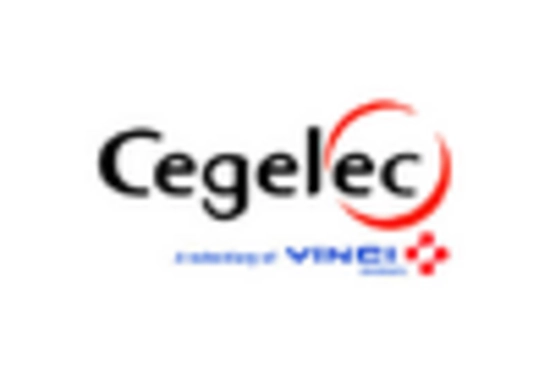
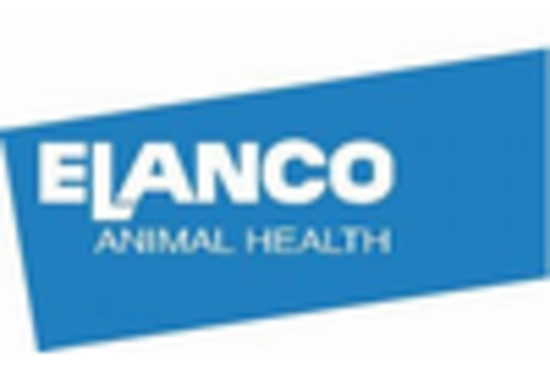
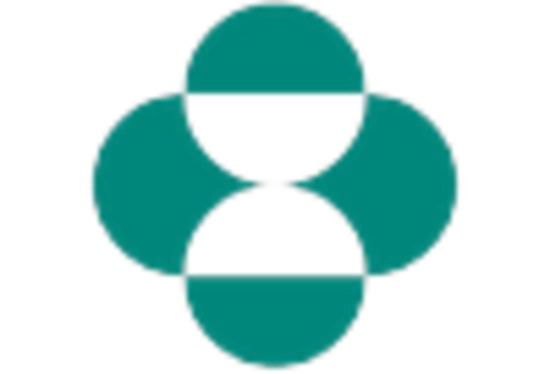
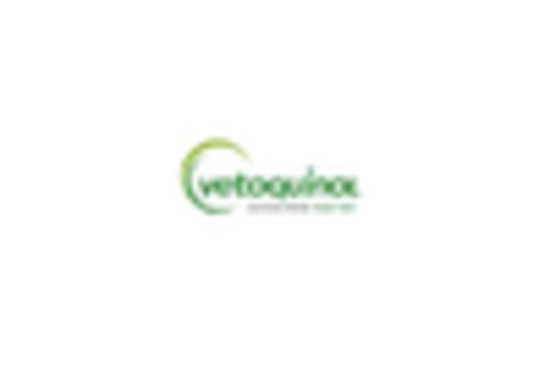
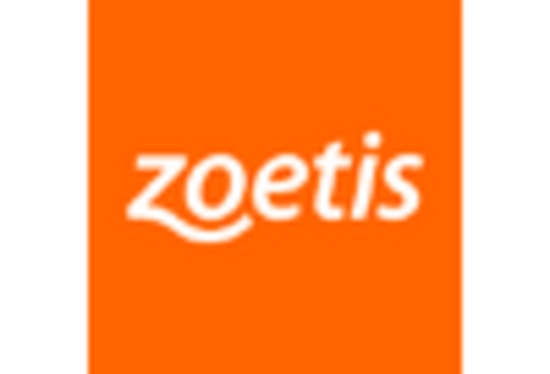








Leave a Comment